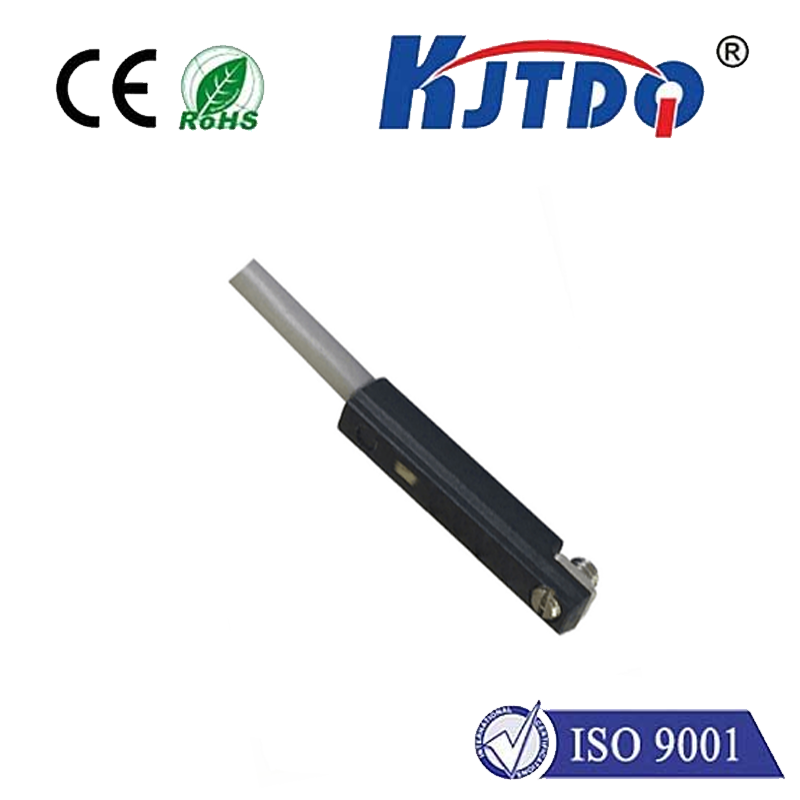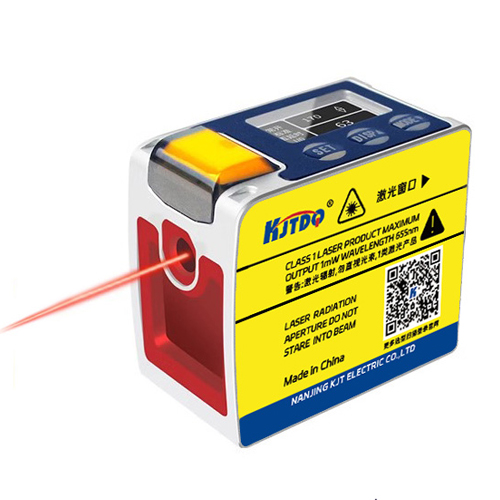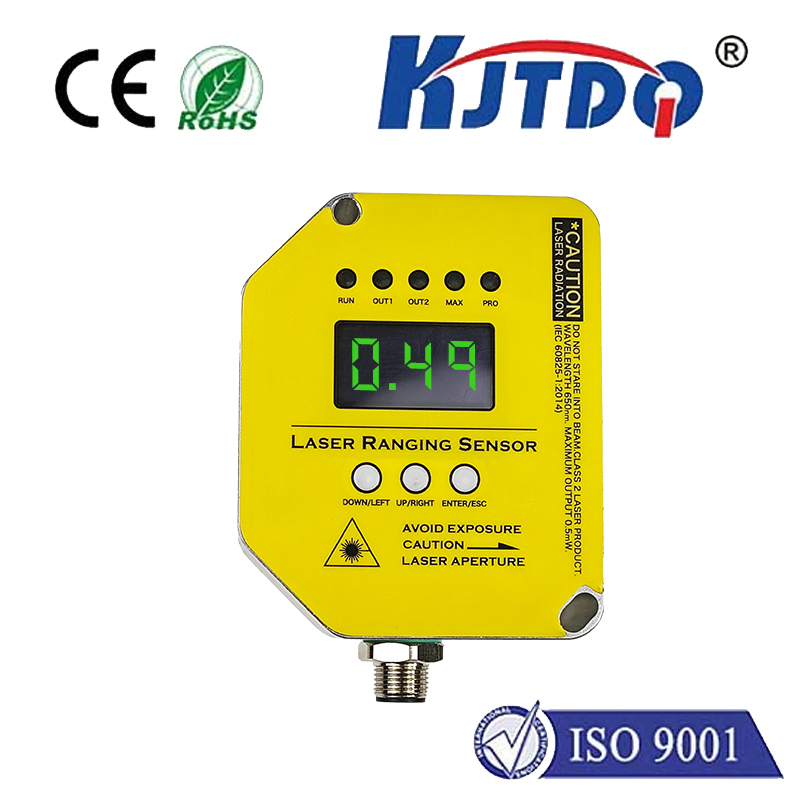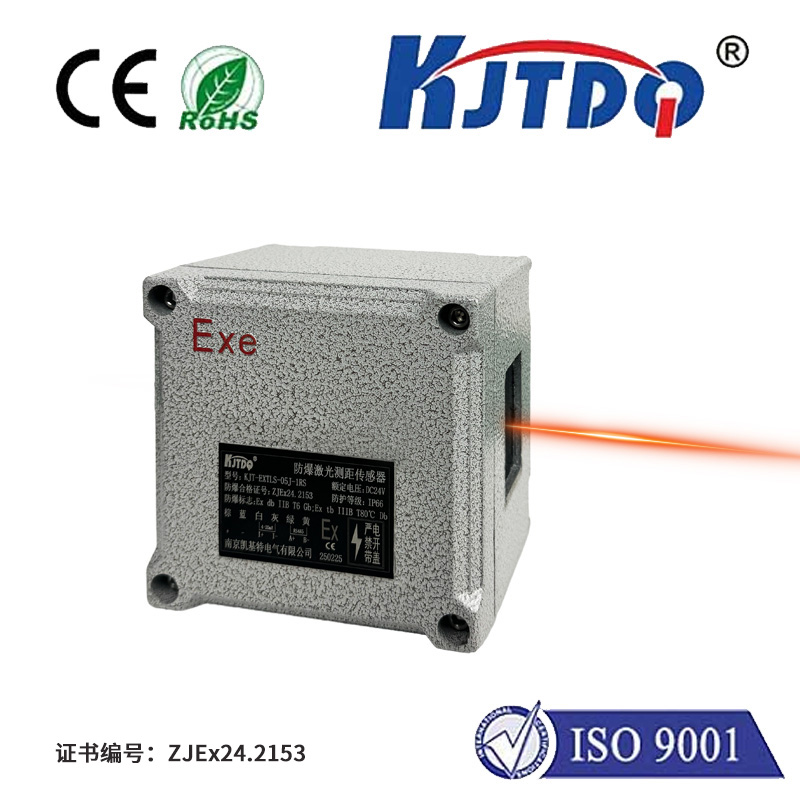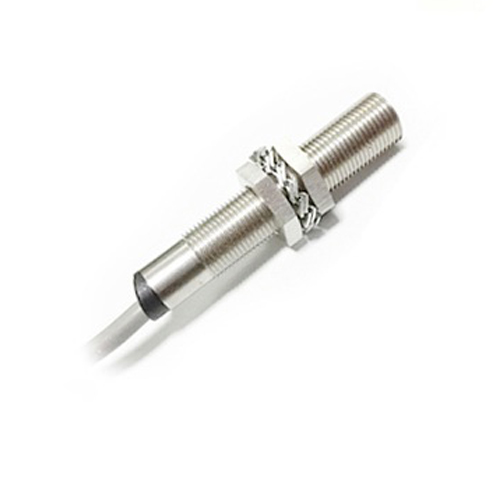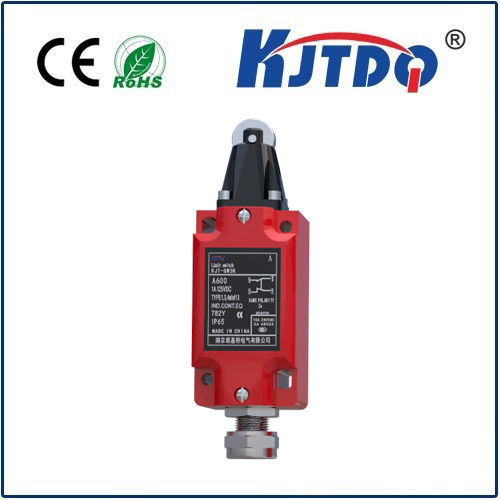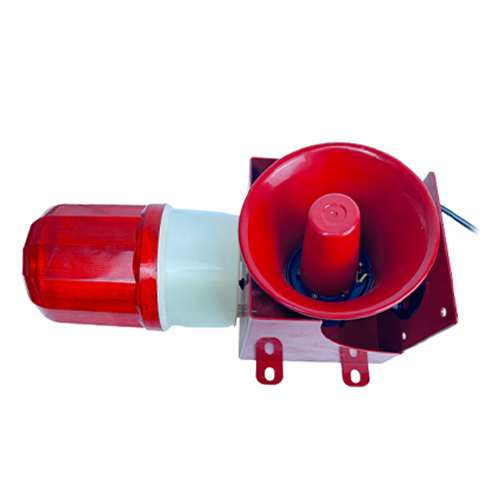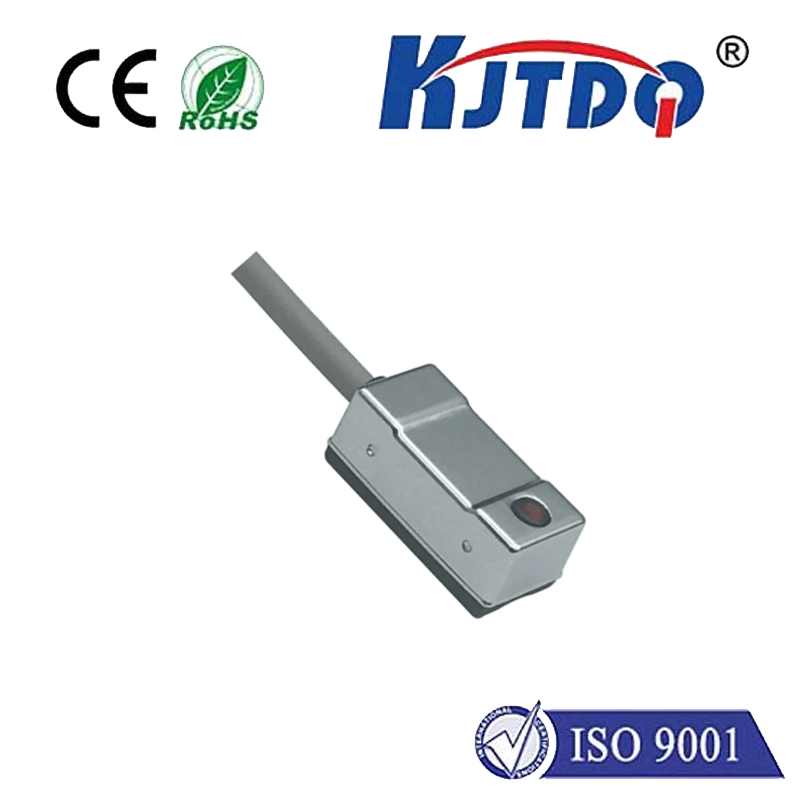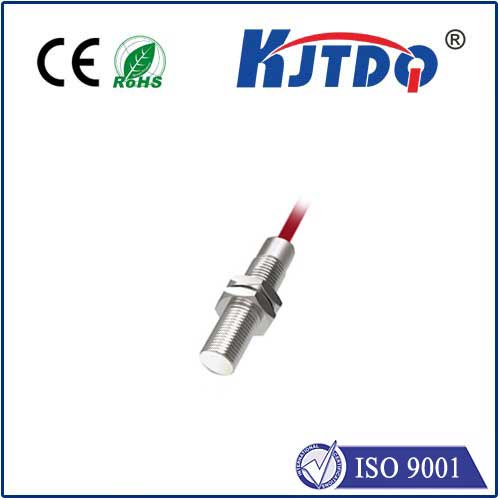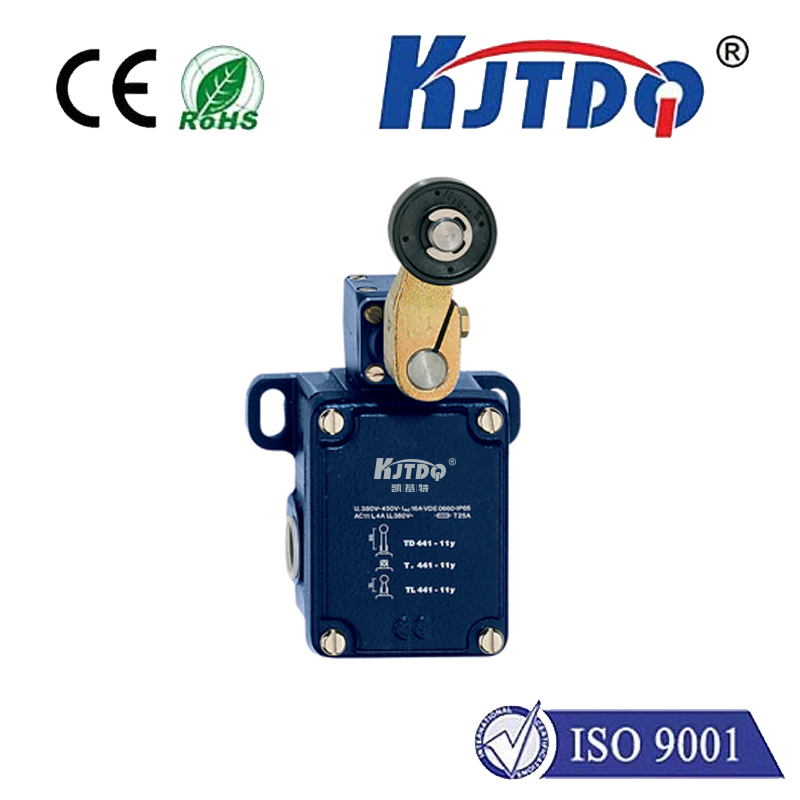

check

check

check

check

check

check

check

check

check

check
Photo Sensor with NPN Transistor: Revolutionizing Light Detection and Signal Processing
The advent of technology has brought about significant advancements in various fields, including electronics. One such development is the integration of photo sensors with NPN transistors, creating a powerful tool for light detection and signal processing. This combination enhances the performance and efficiency of electronic devices, making them more versatile and reliable. In this article, we will explore the features and applications of photo sensors with NPN transistors.
Firstly, it is crucial to understand the basic components involved - photo sensors and NPN transistors. Photo sensors are devices that respond to changes in light intensity by converting them into electrical signals. These sensors are widely used in digital cameras, security systems, and industrial automation processes. On the other hand, NPN transistors act as switches that control the flow of electric current through circuits. They are commonly found in amplifiers, oscillators, and power supplies.

When these two components are combined, they form a highly efficient system for detecting and processing light signals. The NPN transistor amplifies the weak electrical signal produced by the photo sensor, enabling precise and accurate measurement of light intensity. This amplification process is essential in applications where low-level light signals need to be detected, such as in medical diagnostics or astronomy research.
In addition to signal amplification, photo sensors with NPN transistors also offer improved sensitivity and response time. The transistor allows for rapid switching between on and off states, resulting in faster data acquisition rates. This feature is particularly beneficial in high-speed photography or motion detection systems where quick reactions to changing light conditions are necessary.
Another advantage of using photo sensors with NPN transistors is their compatibility with different types of light sources. These sensors can detect not only visible light but also infrared and ultraviolet radiation. This versatility makes them suitable for various applications, from environmental monitoring to scientific experiments.
Moreover, photo sensors with NPN transistors have a wide range of operating temperatures, ensuring their reliability even in extreme conditions. This characteristic makes them ideal for use in industrial equipment subjected to high temperatures or harsh environments.
In conclusion, photo sensors with NPN transistors offer numerous benefits over traditional light detection systems. Their enhanced sensitivity, fast response times, and broad compatibility make them an indispensable tool for various industries and research fields. As technology continues to evolve, we can expect further innovations in this area, leading to even more advanced and efficient light detection solutions.
